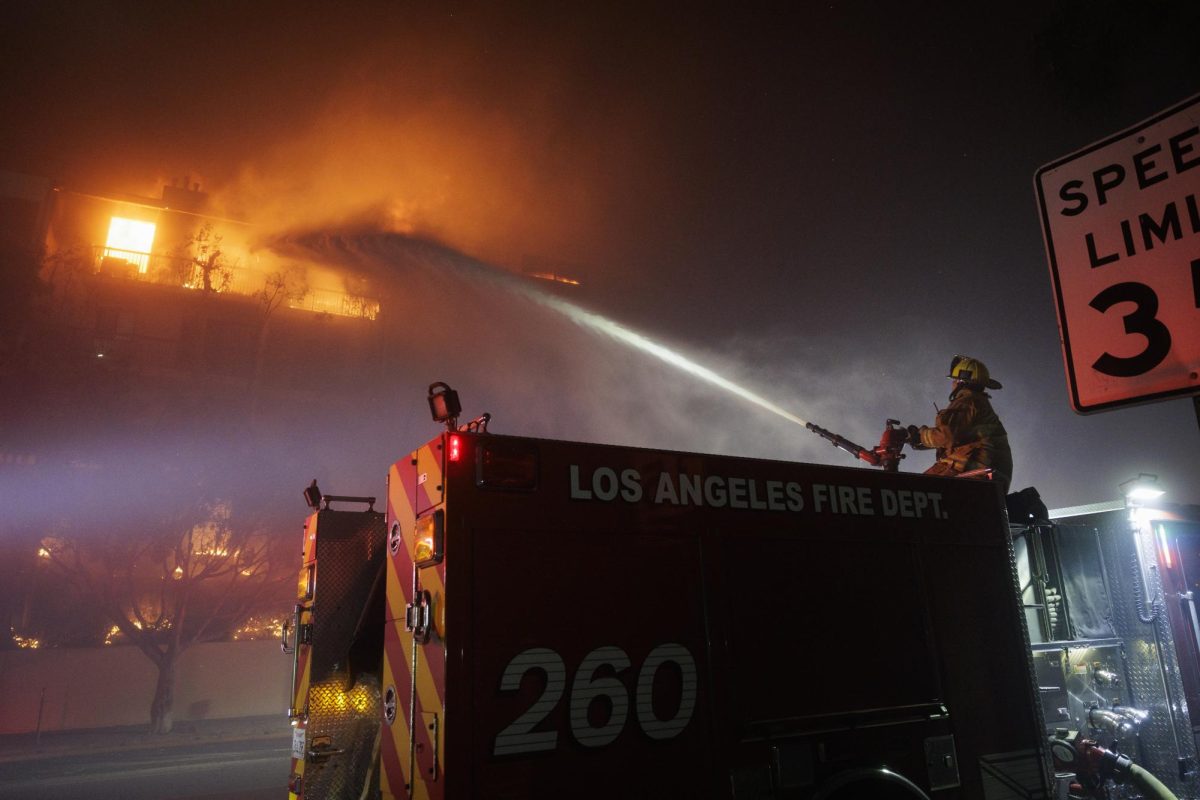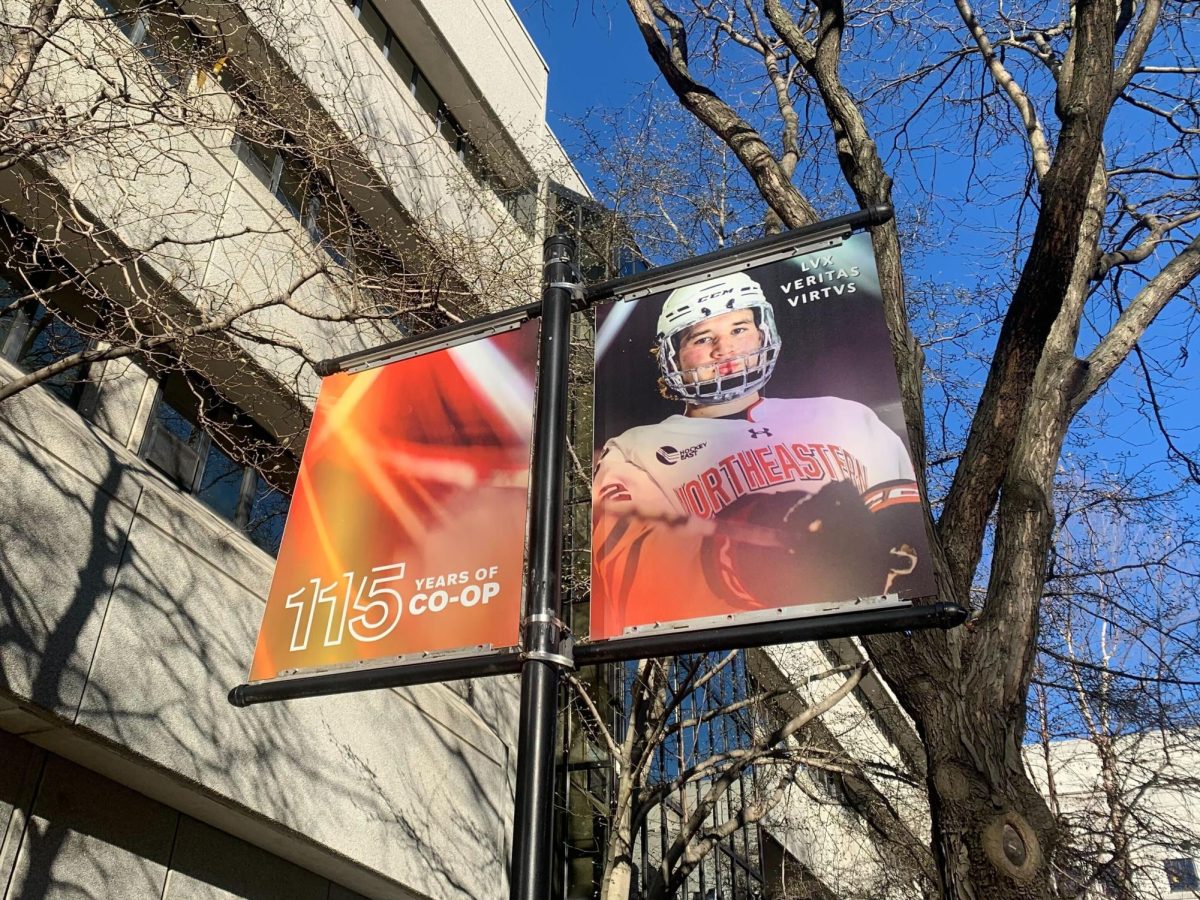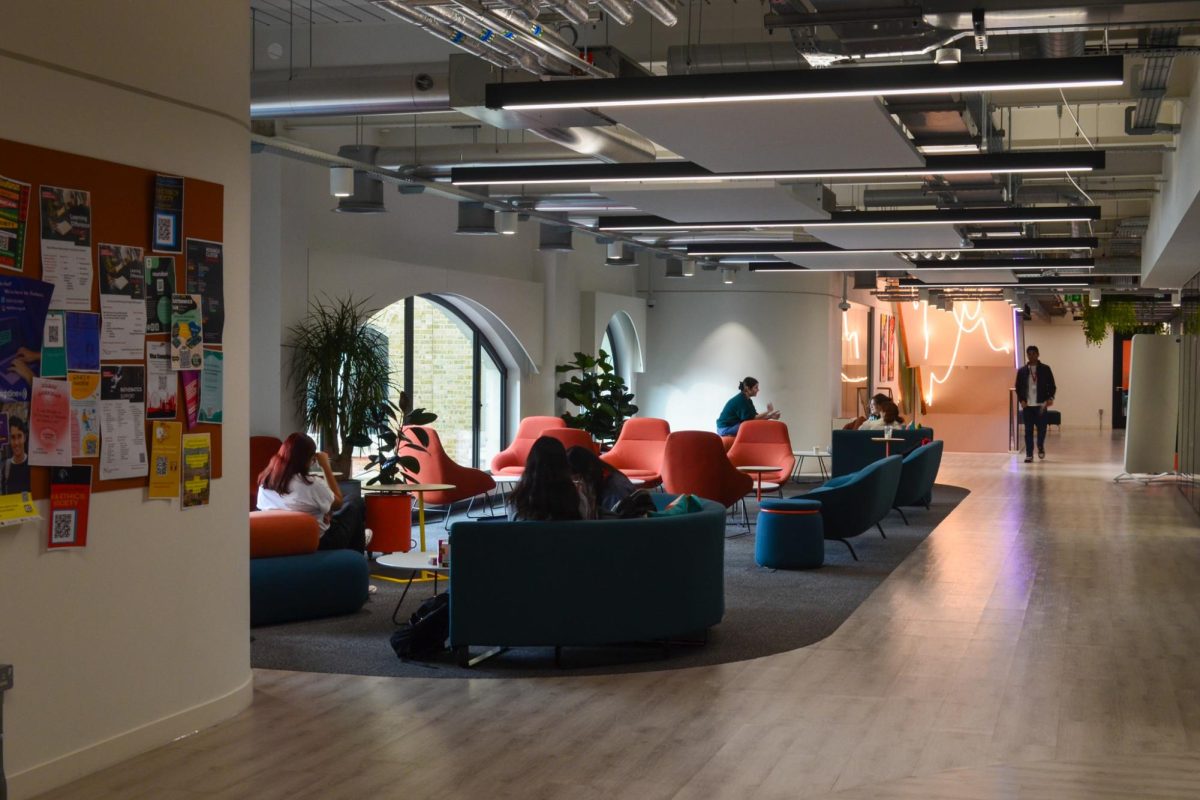By Morgan Lloyd, campus editor
A team of Northeastern students traveled to Brisbane, Australia, to compete in the final rounds of an international robotics challenge Nov. 20 to 24. Northeastern’s team was one of 10 finalists and was the only team from the United States to qualify.
The International Atomic Energy Agency, or IAEA, sponsored the competition as an organization created by the United Nations to promote nuclear peace. Event organizers asked students to design a robot that could perform a series of difficult tasks normally done by IAEA inspectors, such as identify nuclear materials and map out a warehouse where nuclear materials are stored.
“It was much more tough than we expected,” said Maozhen Wang, a third-year mechanical engineering Ph.D. student and member of the team. “We were extremely happy when we knew we were in the finals, that we could do the final demonstration there. But since we found [the event had] more challenges than we expected.”
The process began for the team in March, when they first heard about the challenge. They began designing their robot over the summer and submitted their proposal along with 26 other teams from around the world. Of those, Northeastern was one of 10 to be chosen to advance to the final round.
However, two weeks before the challenge, the team decided to switch the design they were using in order to have a smaller and better suited robot for the challenge.
“We switched things to [the new robot] in two weeks. That’s a hard time,” Wang said. “That’s a process. But, finally, it works pretty well.”
Ruofan Zhang, a second-year electrical and computer engineering Ph.D. student who helped the team with image processing from Northeastern while they were in Australia, talked about the team’s work ethic in switching robot designs.
“I think they did pretty good, because they didn’t have much time to do all the work,” Zhang said. “When the robot came, it didn’t give them much time to finish the competition. So they spent much time, day and night, and slept very little.”
The challenge featured three trials, each designed to test the robot’s ability to identify nuclear material. For the first challenge, the robot had to find a stack of cylinders containing the radioactive material UF6 and take a picture of each cylinder’s tag to identify them. The second experiment was similar, but the robot had to find and tag UF6 cylinders distributed randomly, not in a stack. Finally, in the third experiment, the robot had to create a 3-D map of a warehouse containing atomic material. As third-year electrical and computer engineering Ph.D. student Peng Chang described, this did not go as smoothly as expected.
“We had three days for the challenge, and in those three days we were feeling terrible,” Chang said. “On the first, first and a half day, we had to fix an Internet issue. On the next day, we had to fix an IMU issue.”
The IMU, or inertial measurement unit, calculates the robot’s acceleration, helping the robot to know where it it in its environment.
“What happened in the challenge is that we couldn’t get an IMU reading 20 minutes after we started the robot,” Wang said. “Once the IMU reading is gone, the robot is totally lost. He doesn’t know where he is.”
As a result of the problems, they were forced to complete the challenges semi-autonomously.
“We wanted the robot to be fully autonomous, that was the goal, but when we were in the challenge our robot didn’t achieve full autonomy,” Wang said. “For the first challenge, we achieved it half-autonomously. The robot couldn’t find where all those cylinders were, and then the robot couldn’t go autonomously to the cylinder and document those cylinders. Finally we had to manually operate the robot.”
Now, after returning home from Brisbane, the team has two weeks to send the IAEA a final report, after which they will know if they passed the challenge.
“They want us to submit an afterward report, so they give us two weeks to process the data we collected in the environment, and within two weeks we can report our final data processing results,” Wang said.
This gives the team a chance to fix some of the issues they had in Brisbane and run some final tests of the robot’s capability.
“We fixed all the hardware issues,” Chang said. “That’s the best we can do.”









